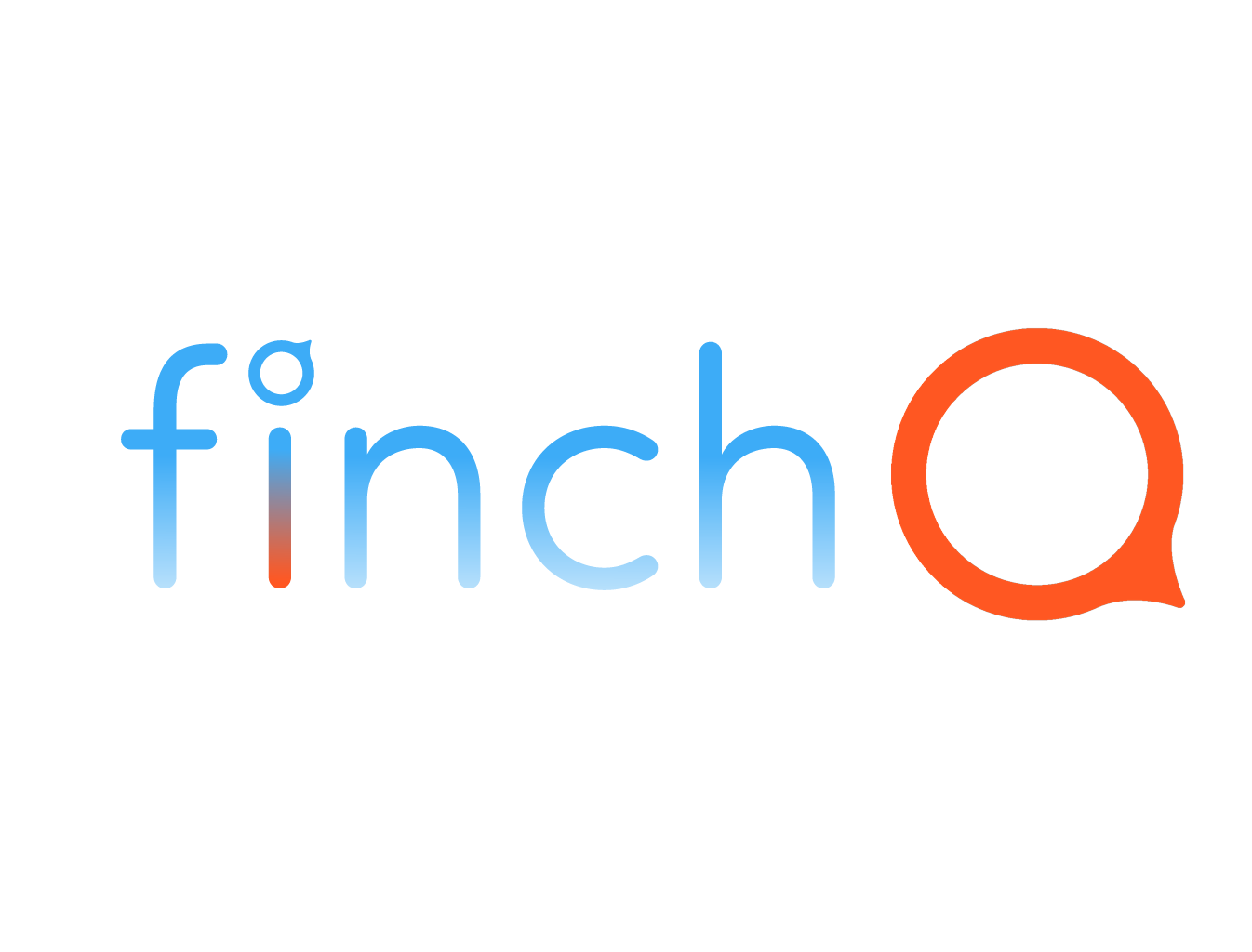The Secret Life of Bones: How Exercise and Pressure Keep Them Strong
When we think about bone health, the usual suspects come to mind—calcium, vitamin D, and maybe a glass of milk. But beneath the surface, bones are much more dynamic than we often realize. They’re not just inert scaffolding holding us up—they’re living, constantly remodeling structures that respond to the forces we put on them. This article dives into the fascinating mechanics of bone strengthening, particularly the role of the piezoelectric effect, exercise, and loading.
Bones: The Living Tissue
Bone is a living tissue, made up of cells like osteoblasts (which build bone) and osteoclasts (which break it down). This constant process of remodeling ensures that bones adapt to stress, repair damage, and stay strong over time. But for bones to grow stronger, they need more than just good nutrition—they need mechanical stimulation.
The Role of the Piezoelectric Effect
One of the most intriguing ways bones respond to stress is through the **piezoelectric effect**. This phenomenon occurs when bones are subjected to mechanical pressure or loading, generating small electrical charges that stimulate bone growth.
How It Works:
1. Mechanical Stress Creates Electric Fields:
When bones are compressed or bent, mechanical stress causes tiny shifts in their mineral structure, particularly in the collagen fibers and hydroxyapatite crystals. This generates an electrical charge.
2. Bone Cells Respond to Electrical Signals:
The electrical charges created by the piezoelectric effect act as signals to bone cells, particularly osteoblasts, encouraging them to deposit new bone in areas experiencing the most stress. Essentially, the piezoelectric effect is your body’s way of saying, "Hey, this area needs reinforcement!"
3. Adaptation to Stress:
Over time, bones remodel themselves to adapt to these forces, becoming denser and stronger in the areas where stress is applied. This is why weight-bearing exercises are so effective in building bone density—they consistently create these piezoelectric signals.
Exercise and Bone Loading
Not all exercise is created equal when it comes to bone health. Bones respond best to activities that involve impact, loading, or bending.
Weight-Bearing Exercises:
- Activities like walking, running, and dancing involve working against gravity, which compresses and stimulates the bones in your legs, hips, and spine.
Resistance Training:
- Lifting weights or using resistance bands adds focused stress to specific bones and joints, encouraging localized bone growth.
Impact Sports:
- Sports like tennis, basketball, and jumping exercises create high-impact forces that stimulate bone remodeling, particularly in the arms and legs.
Functional Movements:
- Exercises that mimic real-life activities—such as squats, lunges, and push-ups—help improve both bone strength and coordination, reducing the risk of falls and fractures.
Why Rest is Just as Important
While loading and exercising stimulate bone growth, **rest periods** are equally crucial. During rest, osteoblasts rebuild bone tissue in response to the stress experienced during exercise. Without proper recovery, the remodeling process becomes imbalanced, leading to potential overuse injuries or stress fractures.
Nutrition: The Foundation for Strong Bones
Bones can’t build themselves without the right materials. Even the most effective exercise plan requires proper nutrition to support bone remodeling.
Key Nutrients for Bone Health:
1. Calcium:
- Forms the structural matrix of bones.
- Found in dairy products, leafy greens, and fortified foods.
2. Vitamin D:
- Helps the body absorb calcium.
- Obtained through sunlight exposure, fatty fish, and fortified foods.
3. Magnesium and Phosphorus:
- Essential for bone mineralization and density.
4. Protein:
- Collagen, the primary protein in bones, provides flexibility and structure.
5. Vitamin K:
- Plays a role in bone mineralization.
Why Bones Get Weaker Without Stress
Bones are efficient but lazy. If they don’t sense mechanical stress, they start to weaken—a process called disuse osteoporosis. This is why astronauts, who experience weightlessness in space, lose bone density rapidly. It’s also why prolonged bed rest or a sedentary lifestyle can lead to weaker bones.
But the good news? The process is reversible. With consistent loading and proper nutrition, bones can rebuild strength.
Finch Q’s Role in Monitoring Bone Health
While Finch Q isn’t lifting weights for you, it can provide critical data to ensure your exercise routines are effective and safe.
- Movement and Activity Monitoring:
Finch Q’s wearable integration tracks your daily activity levels, helping you stay consistent with weight-bearing and resistance exercises.
- Gait Analysis:
Subtle changes in your gait can indicate potential balance or mobility issues that may affect your bone health. Finch Q flags these changes early, allowing for targeted interventions.
- Health Summaries:
With Finch Q’s comprehensive health summaries, you can track your progress and bring actionable data to your healthcare provider. Whether it’s tracking activity levels or monitoring overall fitness, Finch Q helps you stay proactive about your bone health.
Final Thoughts
Bones may seem like static structures, but they’re anything but. They’re responsive, dynamic, and constantly changing in response to the stresses we place on them. Understanding the piezoelectric effect and the role of exercise in bone health empowers us to take control of our physical well-being.
With the right combination of nutrition, targeted exercise, and tools like Finch Q, you can build stronger bones—and a stronger future. Because when it comes to bone health, every step, squat, and jump counts.
